The Oppenheimer Movie and a Real-Life Radiation Time Bomb
Have you ever heard of the Hanford Site?
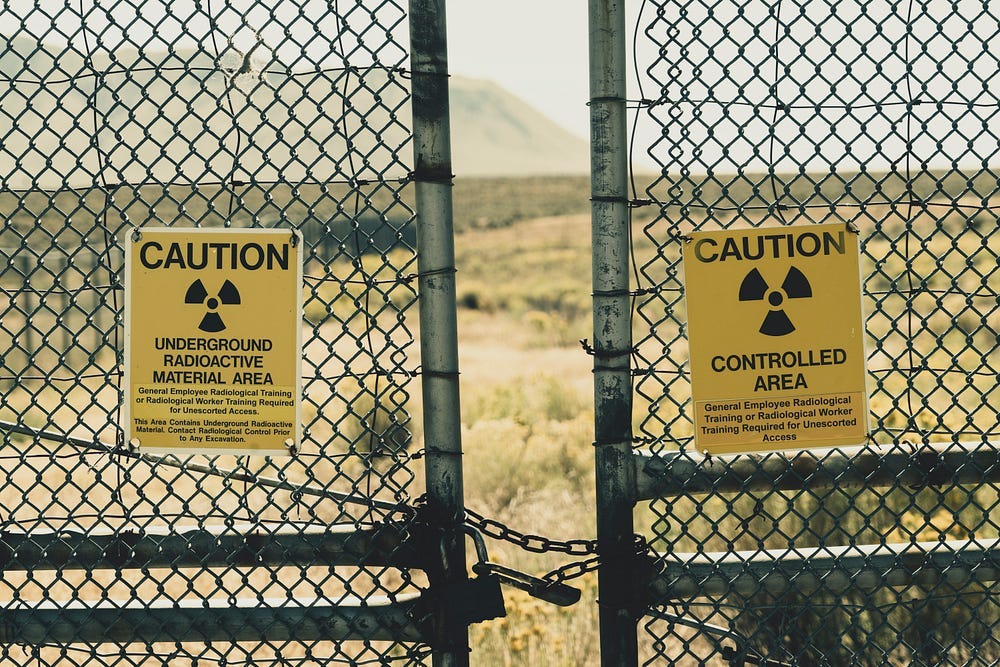
Back in 2023, during one of my many visits to the United States, I made a couple of trips to the movie theater with my partner. With Barbie and Oppenheimer smashing records and trending in the news, it was as good a time as any to jump on the Barbenheimer Bandwagon.
It was his birthday request, along with dinner at a local pub and Crème brûlée for dessert. He has great taste all around!
Barbie was fun and sparked a good bit of discussion with my partner as we left the theater. As history buffs, we were excited and curious about Oppenheimer and how it would portray the events surrounding the Manhattan Project.
I can honestly say that while the movie was heavy, it was pretty well done. It was well-researched, well-acted, and well-shot. There were some stylistic choices and pacing which felt a little clunky, but overall, it was pretty good.
For a nerd like me, though, the devil was in all the little details. The one that really hit me in the gut was a brief, blink-and-you-miss-it throwaway line.
It was a tiny, inconsequential comment about construction.
Specifically, construction at the Hanford Site.
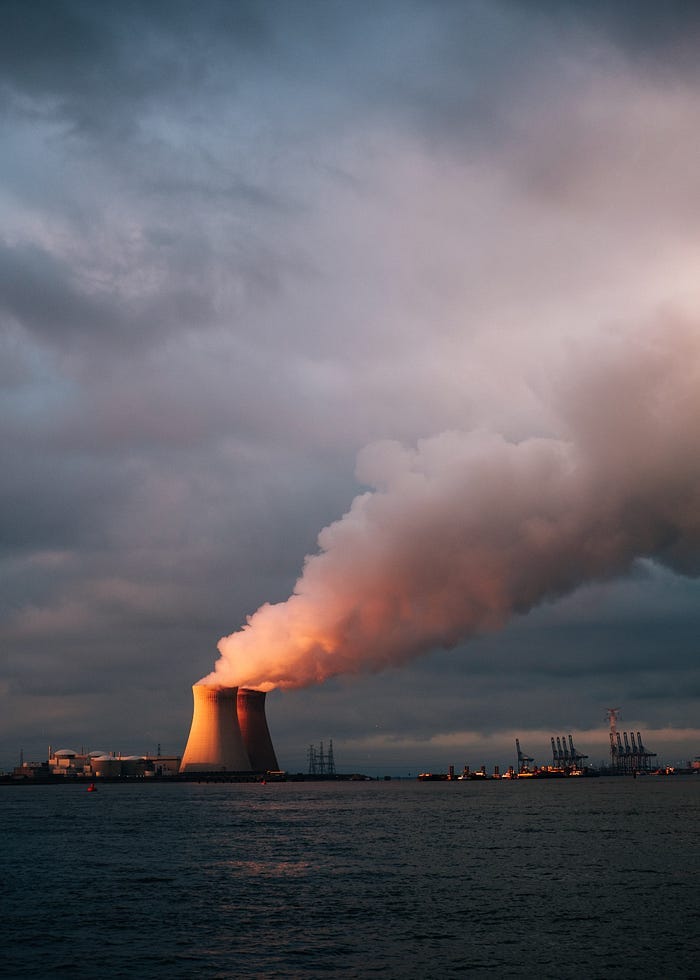
There have been a number of horrific accidents involving radiation since we discovered how to harness it.
We’ve all heard of Chornobyl, and most of us know about Three Mile Island and Fukushima. And if you’re a Canadian like myself, you probably salute Jimmy Carter for what he and his troops did during the world’s first nuclear reactor meltdown in Chalk River.
Not many people would allow themselves to be lowered into a radioactive hell pit to help dismantle it from the inside, but that’s exactly what they did. And I don’t mean he just ordered it — Jimmy Carter himself went into that reactor, taking an insane gamble with his health in order to help save Canadian lives.
That was back in 1952, almost exactly a decade after the launch of the Manhattan Project.
These days, we’re rightly terrified of radioactive contamination. It’s dangerous to a level that’s almost difficult to comprehend, seeing as how exposure to it can quite literally destroy our DNA. That’s how we can wind up developing skin cancers after extended time in the sun.
Intentionally exposing ourselves to it can carry serious risks, and we’ve learned to be very cautious with radioactive material and how we handle it.
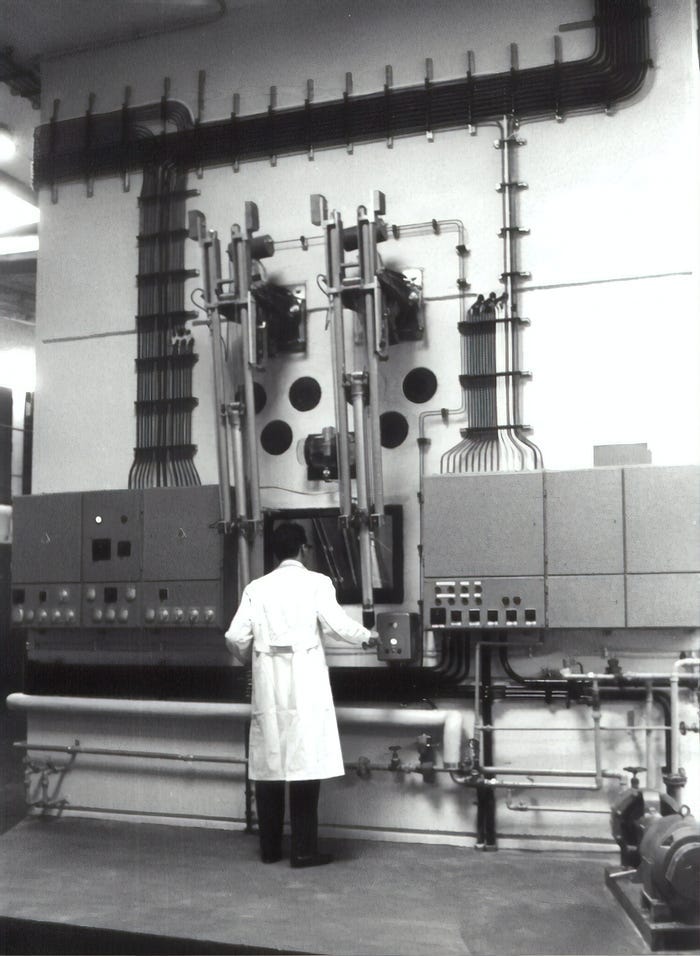
Radiation wasn’t always recognized as dangerous — in the early 1900s, radioactive elements were seen as beneficial to our health. At the very least, they weren’t thought to carry any significant or long-term side effects.
The Radium Craze of the Roaring Twenties is one of those absurd moments in American history that sounds like it belongs in a Fallout game. People back then were advertising products like toothpaste and sodas laced with radium, and dancing in clubs under glow-in-the-dark orbs coated with radium paint.
Real life is stranger than fiction.
Of course, that all changed when people who worked with the stuff started getting seriously ill.
In the late 1920s, the Radium Girls and their court battles broke the news cycle. It quickly became apparent that radioactive elements ought to be handled with extreme care. Suddenly, everybody realized that failing to take adequate precautions could have devastating repercussions.
For many of the dial painters and regular users of radium additives, the news came too late. There was nothing that could be done to save their lives, and poisoning from long-term exposure is an agonizing and slow way to go.
Research into radiation would be greatly expanded in the years that followed, and when nuclear fission was discovered in 1938, the race was on.
Germany and the United States started looking into means of creating a weapon out of the process. In order to accomplish that, they needed a means of producing nuclear materials. The United States was understandably desperate to keep such a weapon out of Hitler’s hands.
This research and development was the basis for the Manhattan Project in the U.S.A, which was essentially a sprint to beat Nazi Germany to the Atomic Bomb. When the Project hit its stride, it needed a worksite where the bomb’s nuclear payload could be produced.
They chose a beautiful, out-of-the-way section of the Columbia River. The Hanford Nuclear Reservation, the world’s first full-scale plutonium production reactor, was born.
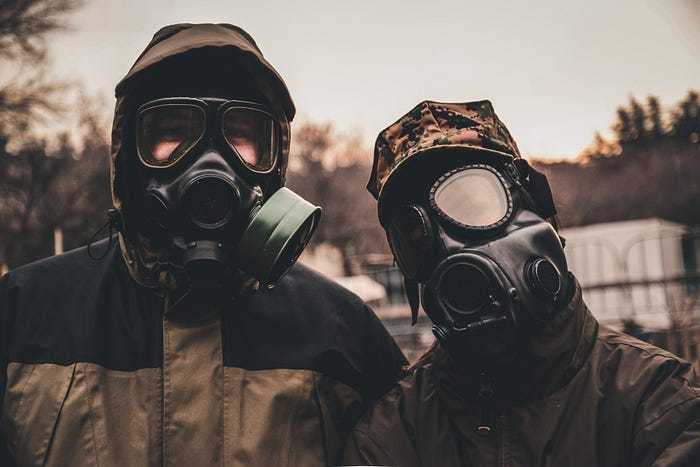
Hanford, also known as Site W, is situated in southeastern Washington State.
The land upon which Hanford was constructed was not empty when it was taken over by the government. Like many rivers in North America, the landscape was marked by a treasure trove of history. For thousands of years, Native American peoples had hunted, fished, and lived in the region.
In February of 1943, that all came to an end with a stunning declaration: The land was now off-limits to the tribes. The Wanapum people were being evicted. The land was going to be used to manufacture tools for nuclear war.
In addition, the two nearby towns of Hanford and White Bluffs were evacuated to make way for the construction.
When the complex was completed, it spanned 586 square miles along the edge of the Columbia River. The river was very necessary for the project; nuclear reactors require cooling so as to prevent excessive heat from triggering a meltdown. In addition, nuclear power plants essentially function as massive steam engines, so proximity to water is vital.
The Hanford Site was instrumental to the Manhattan Project. Plutonium created at Hanford was transported to the research and testing site at Los Alamos, New Mexico. It was used to manufacture the first atomic bomb to be detonated, the infamous Trinity test, and also for the Fat Man bomb that was later dropped on the Japanese city of Nagasaki.
The history of the site’s wartime use is bad enough. The legacy of nuclear war and the horrors it left behind is enough to stain the ground beneath Hanford with blood.
Unfortunately, the Site’s reputation for destruction and tragedy did not end with the culmination of World War II.

After the end of the war, the Hanford Site changed ownership multiple times.
It began production under the Hanford Engineer Works, with the DuPont corporation acting as its primary contractor. In 1946, the military relinquished control of the plant and General Electric replaced DuPont.
In 1947, the Atomic Energy Commission stepped in and claimed jurisdiction over the Hanford Nuclear Reservation. While plutonium production had slowed after the end of the war, the Cold War was settling in.
As tensions crept higher, so did the race to stockpile weapons. This was due to the military strategy of deterrence known as ‘MAD’, or mutually assured destruction. Should a nuclear power fire upon another nation, retaliation would be launched before the bombs could land.
The idea was that if one nation fired upon another, it would only ensure that both nations would be destroyed. So, it was better for everyone if all could agree to keep it in their pants, so to speak.
The problem was that Hanford was not properly equipped for this increase in production. Multiple new reactors had been built to meet demand, with the final count being 8, and the waste that was being produced was becoming overwhelming.
What’s a bunch of overworked, stressed-out plant employees to do?
Pressure’s mounting overhead, they have no means of disposing of the waste properly, so. When the liquid waste disposal tanks reached capacity, the workers took to simply…dumping it into the ground.
To make matters worse, many of the tanks were built without proper consideration for the length of time the plant would be in operation; the vast majority of them are leaking radioactive liquid waste into the soil around the complex.
“As for solid waste, the most notable form was spent nuclear fuel, more than 2,000 tons of which was stored in corrosion-prone canisters within water-filled basins, some of which were near the Columbia River. Other contaminated solids, ranging from work clothes to rail cars, were typically buried in pits or trenches.” — Hanford Site, Britannica
If your jaw hit the floor just now, I get it. Horror is the appropriate response.
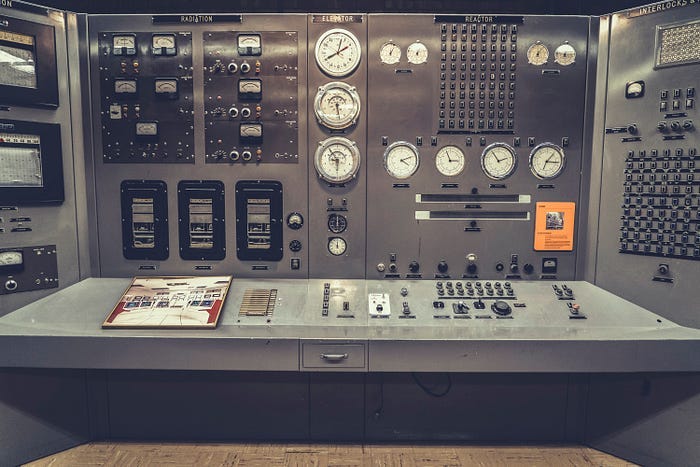
Today, the Hanford Site is known as the most toxic place in America.
Over the decades that the Site spent in operation, millions of gallons of toxic waste were allowed to leak into the local ecosystems. It has contaminated everything from the drinking water to the local plants and wildlife.
Anyone who eats food produced in the region, whether that be fish, beef or crops, is potentially ingesting radioactive material far above the natural background levels that we normally consider safe.
This is severely impacting the local populations, both the residents of the nearby towns, and the Native people who depend on the river for sustenance. To make matters worse, they’re breathing in toxic chemical vapours, and dust particles containing traces of radiation.
People living throughout the region report illnesses ranging from miscarriages, respiratory illness, leukemia, and other cancers including thyroid tumors. Thyroid cancer is highly associated with radiation, to the point where the scar from a thyroidectomy is nicknamed a ‘Chernobyl necklace.’
But the people working on the actual site have it even worse. While the site has finally been decommissioned, it remained in operation until 1989. Workers who spent years at the site frequently fell ill, and even today, the cleanup crews are not immune to the serious effects of radiation poisoning.
Brain damage and respiratory diseases are common, a consequence of breathing in the vapours produced by toxic waste.
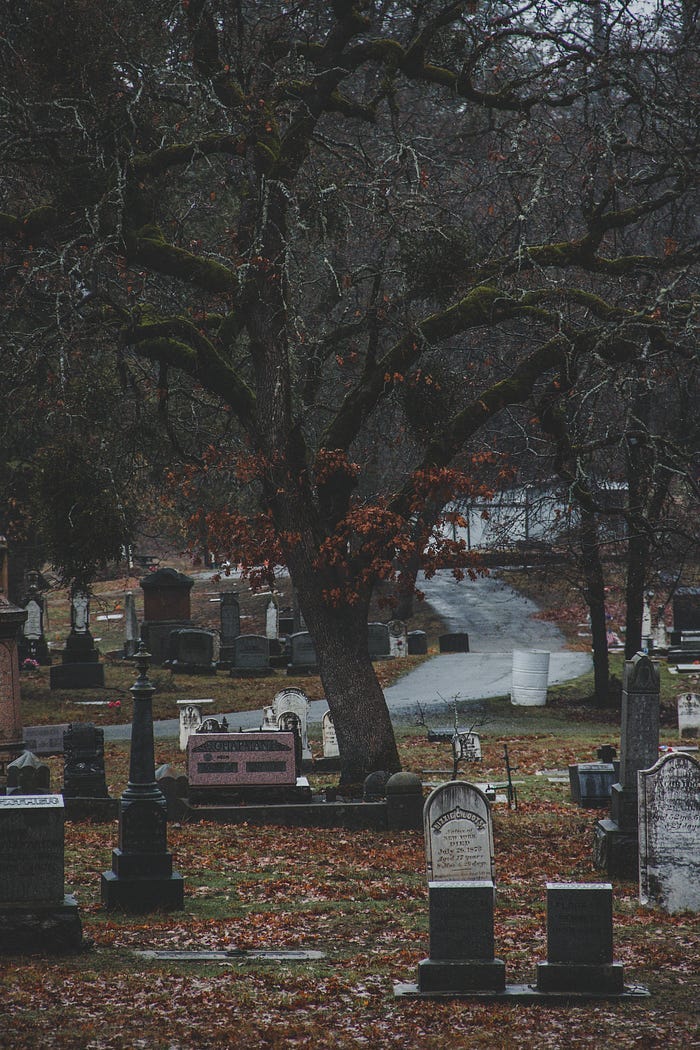
The severity of the problem at Hanford prompted action from the Washington state government.
In early September of 2015, the state filed a lawsuit against the federal government of the United States. In the lawsuit, it was alleged that the federal government’s response was inadequate, placing the blame for workplace sickness and deaths at their feet.
The government settled the suit in September of 2018.
This suit followed on the heels of a 24-year legal battle between the local Hanford population — nicknamed ‘downwinders’ — and the government. In October of 2015, the lawsuit finally came to an end, the majority of the plaintiffs either having died, settled, or dropped their suits.
In all cases, the government fought tooth and nail to avoid paying them anything for their suffering. Those who did settle were awarded a pittance and a pat on the head whilst they coped with the illnesses caused by the Hanford Site.
Cleanup of the Hanford Nuclear Reservation is ongoing and will likely extend for several more decades. Described as ‘an underground Chernobyl waiting to happen,’ the leaking waste is seeping towards a reservoir of groundwater that supplies the Columbia River.
On June 29th, 2023, it was discovered that there was a much larger volume of waste than previously reported, stored underneath the 324 Building. It sits within a few hundred yards of the river, perilously close to the town of Richland.
Containment structures, such as were built over the exposed reactor at Chernobyl, have been floated as potential solutions to the problem.
Whether they will be completed before further contamination reaches the drinking water of millions of Americans, Native peoples and Canadian citizens over the border is anyone’s guess.
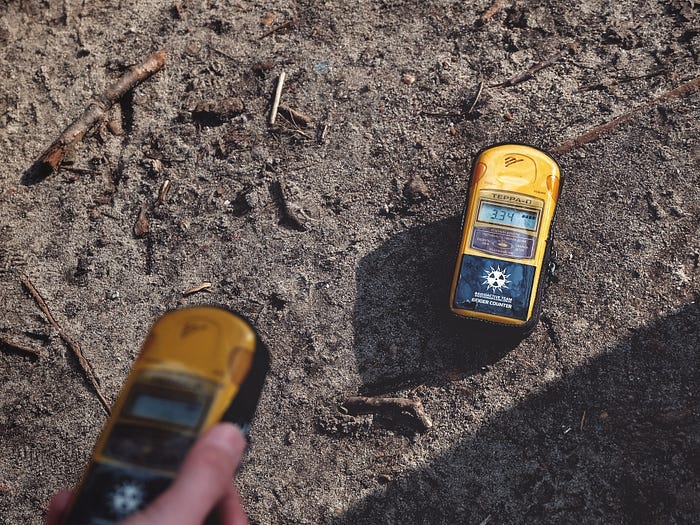
The Hanford Site remains one of the most contaminated regions in all of North America, and it represents an enduring danger to everyone nearby.
After decades of mismanagement, lax safety regulations, and outright cutting corners, there is little hope that the infamous Site W will be fully safe for many, many years.
Current estimates speculate that the cleanup will continue until at least 2040.
When I heard it mentioned in the Oppenheimer movie, it brought a pained smile to my face. The Hanford Site is a ticking time bomb, a rabid dragon breathing green flame as it slowly digs its way toward the largest river in the Pacific Northwest.
The nightmare that is Hanford represents a colossal failure on the part of the United States government, going back all the way to the 1940s.
It demonstrates yet again a deep and abiding lack of respect for the people who call the land home, especially the Native inhabitants who have once again been left to suffer the destruction of their way of life.
It shows a callous disregard for the lives and well-being of its own citizens. And what’s worse is that so few people even know it exists. Efforts to clear Hanford have been stymied by chronic underfunding and a lack of motivation.
I wish I had an easy solution to offer. Instead, all I can do is spread the word and hope public pressure gives this issue the weight it needs to get things moving.
Solidarity wins.


Another place that's not mentioned much anymore is Oak Ridge, Tennessee. That's where they built some of the bombs, and the whole area is still contaminated with lead and radiation poisoning. I lived there briefly, before moving to another town a little further north. I know people who live there now.
There was a documentary that aired back in the 1990's about Oak Ridge that shocked a lot of people, including me, and I still think about that occasionally. The government is still operating defense contracting there under the name Oak Ridge National Laboratories. I used to know someone who worked there. An actual genius with multiple degrees.
The United States has never really cared for its people. They're just another commodity to be exploited for their massive defense apparatus. That's why the casualty rate across the country has always been high, and covered up with massive government intervention. All for the sake of national defense and the war profiteers.
Thanks for the comprehensive history. I was not aware of the damage done to the Native people who worked that land. What a crime.